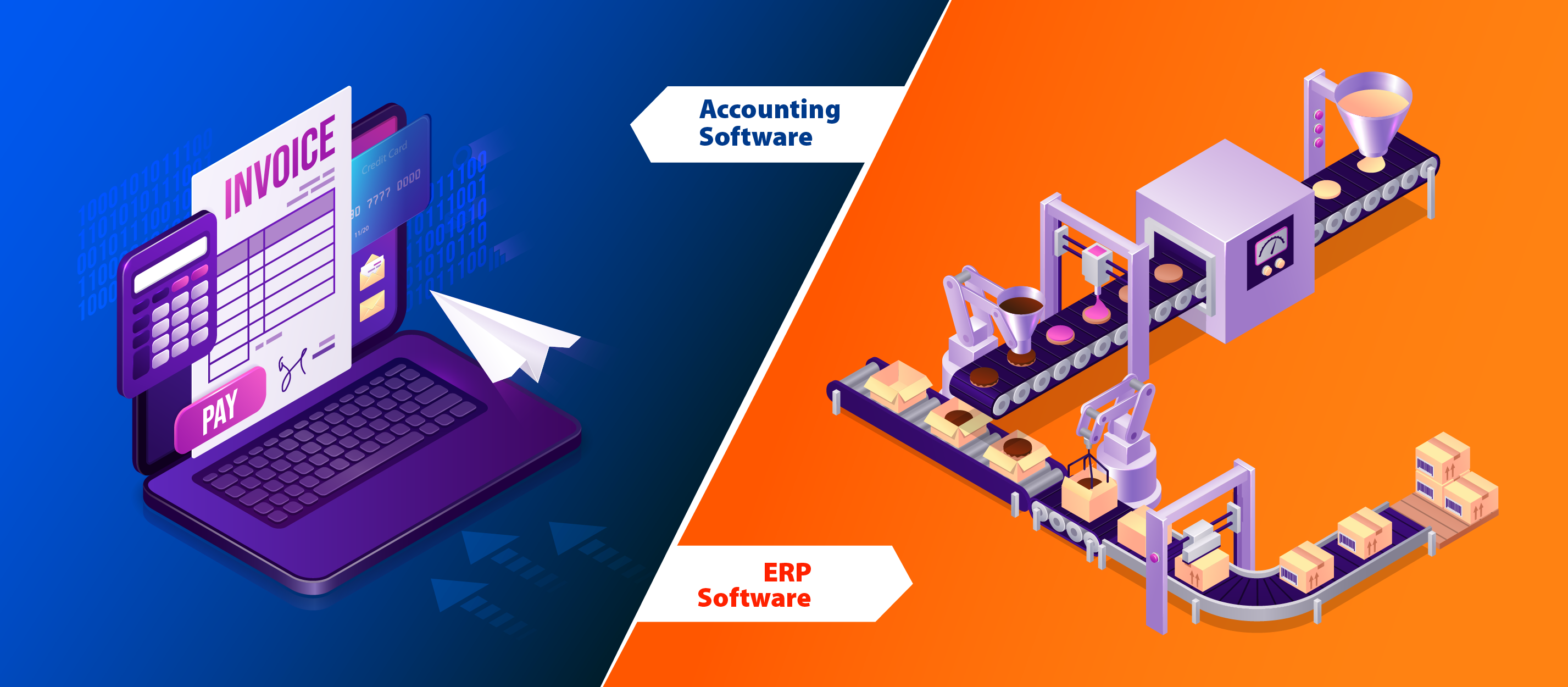
Internet of Things (IoT), one of the biggest technological advancements of our times, has tremendous value for businesses. In this blog, we take a look at how it can offer substantial value across the entire pharmaceutical manufacturing value chain, from research and development, production, supply chain, predictive maintenance, to patient care.
Overview
In the recent years, many technological advancements have made their way into mainstream manufacturing. IoT, the prominent of those advancements, has made the lives of manufacturers a whole lot easier with its unprecedented power, unparalleled benefits, and limitless potential.
The pharmaceutical manufacturing industry, which is traditionally known for its reluctance to technology adoption, has started opening up to it.
As a result, many pharma manufacturers around the globe have gradually started utilizing its potential to revolutionize all aspects of their manufacturing processes.
Right from drug discovery, to manufacturing, and even the way patients receive their medications, IoT has made a huge impact across the pharma value chain.
Let’s explore in detail the many ways through which IoT is enabling the next generation of development in pharma manufacturing. But before diving into the depths of the topic, let’s start with the basics first.
What is IoT?
Did you ever think that one day you could connect the objects of your everyday use, such as the ordinary household appliances, cars, sophisticated industrial tools, etc. to the internet? IoT has made it possible, and along with it, enabled seamless communication between people, processes, and things.
IoT can be defined as a network of physical objects, or “things” that are interrelated and capable of transferring data and cross-device communication.
It becomes possible after these devices, which could be anything from a computing, mechanical, or digital machine, are embedded with sensors, software, and other technologies that connect over the internet.
In current scenario, IoT has pretty much established itself. Going from strength to strength, there are more than 10 billion connected IoT devices today, and the number is expected to grow to 22 billion by 2025.
In future, virtually all the devices within the organization could communicate with each other, and collect vital data that could be used in many ways- all thanks to IoT.
Does pharma manufacturing require IoT?
Manufacturing, in general, finds IoT as a useful addition to its setup. There are many ways the technology benefits the manufacturers. For starters, it allows them to maintain their equipment proactively and avoid an impending breakdown.
This, in turn, offers other benefits too, such as reduced operating costs, better uptime, and improved asset performance management.
With IoT’s widespread application across industries, manufacturing companies are capitalizing on the immense business value it can offer.
With IoT, they are getting valuable data-driven insights that are helping them better manage their business, witnessing increased productivity and efficiency of operations, creating new revenue streams, and driving quick time to value.
Talking particularly about the pharma manufacturers, IoT is helping them digitize their supply chain by creating a supply network with comprehensive visibility across the pharma value chain.
Besides, the technology is also helping them identify congestions among the different processes at the plant, and improve efficiency, among many other things.

How is IOT enabling the next-gen development in pharma manufacturing?
By promoting R&D:
We are living in a world where it takes investment of exorbitant amounts of time, money, and other resources in developing a drug. This includes the failed effort as well, which itself has a significant value.
All this while, the world keeps waiting for the breakthrough medications for incurable as well as chronic ailments.
IoT can play a key role in accelerating R&D efforts for a new drug in a holistic manner.
By integrating it with cloud platforms and connected tools such as measurement machines, and pipettes, etc., and applying it in the labs, manufacturers can improve the accuracy of their measurements, draw and share experiment results, and receive instant alerts in case of deviations.
Among other things, IoT can also help automate patient data gathering and enable real-time access to that data, increase the chances of choosing the winning formulation, reduce the cost associated with drug development, and also ease the administration of clinical trials.
By helping control quality & compliance in production:
Another prominent benefit of IoT technology in pharma manufacturing is that it allows maintaining quality throughout production.
IoT sensors monitor the manufacturing environment at the plant floor, tracking each individual item with great detail, including its contribution to a formula.
The sensors monitor the important elements like temperature, gas exposure, humidity, and radiation emission.
Not just this, as the IoT has application outside the four walls of a pharma manufacturing unit.
It tracks a drug from its original compounds, right through the shipment containers and trucks in transit, pharmacies storage rooms, to the patient’s care, and the home.
It keeps a record of whether the product’s efficacy has suffered due to any exposure to conditions that may alter its properties.
Additionally, by using IoT-enabled devices, pharma manufacturers can manage patient compliance by leveraging the right connected device such as pills bottles, connected pills, dose self-reporting, etc.
This can have a positive impact on patient engagement as well, with the patients getting more personalized service.
By helping with supply chain management:
IoT has tremendous application in pharma supply chain management.
Manufacturers can deploy a range of connected sensors along the supply chain, leverage benefits such as tracking high value assets in real time, cut down waste, and better inventory planning and replenishment.
IoT devices deployed by pharma manufacturers at warehouses and production facilities can gather data related to production, shipping and even receiving of materials.
This data can reduce the risk of overstocking or understocking, and even come in handy during the time of recalls, quickly locating and removing the faulty products from the supply chain.
Another important application of IoT comes in controlling cold chain management. Many pharma products are temperature sensitive, and need to be moved through the supply chain with necessary precautions, so as to retain their efficacy while in transit.
IoT-enabled devices offer cold chain management capabilities, to ensure the temperatures are monitored in real time and kept in the defined tolerance range so that the products remain effective, and safe.
By facilitating predictive maintenance:
Application of IoT in pharma facilitates predictive maintenance. By having connected devices at the plant floor, manufacturers can get real-time status information about the equipment with the help of monitoring sensors.
This data can proactively alert the plant managers for any abnormal condition or necessary maintenance requirements, prompting them to take timely action, and avoid any interruption or downtime caused due to machine breakdown.
Conclusion
IoT brings a whole new set of capabilities to the pharma industry, which is helping the pharma manufacturers reduce development costs, manage their supply chain better, control quality and compliance, maintain their equipment, and accelerate the process of drug development.
Pharma manufacturers are joining the IoT bandwagon in large numbers, and quite a few of them are taking their technology game to the next level by integrating IoT with their Pharma ERP.
This is allowing them to collect critical organization-wide information, analyze it, and take necessary action in a timely manner.
If you are a pharma manufacturing business planning to create your own IoT-ERP ecosystem, and require any consultation, write to us.


















